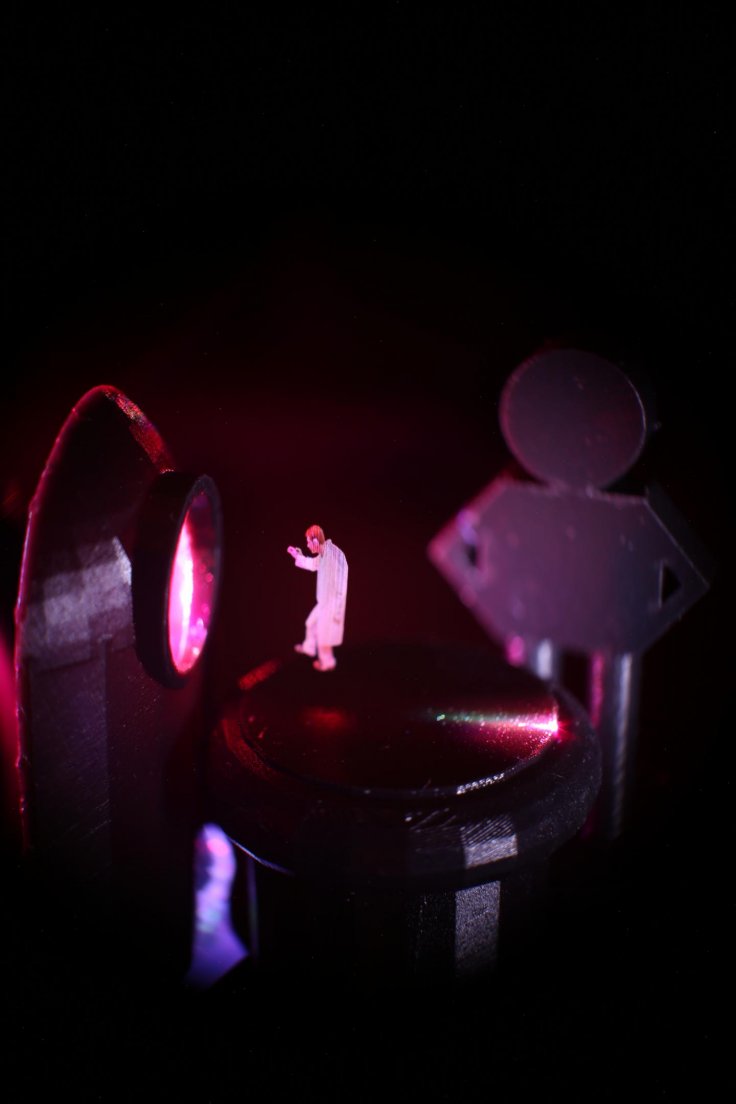
Researchers have developed a technology to create 3D images in space which can be viewed from different angles similar to the projections seen in Star War films, Ironman and the image-projecting table in Avatar.
Daniel Smalley, a Brigham Young University (BYU) electrical and computer engineering professor and hologram expert has developed the 3D image projection similar to those in science fiction films.
Smalley said, "We refer to this colloquially as the Princess Leia project. Our group has a mission to take the 3D display of science fiction and make them real. We have created a display that can do that." The project has been developed by taking inspiration from the projected image of Princess Leia in distress in the Star Wars films.
The 3D projected character of Leia is actually a volumetric image, a 3D image which can float in the air and can be seen from every angle. These images are indeed different from a holographic display which is formed by lights scattered from a 2D surface.
In a holographic image, a person needs to look at the scattering surface to see the 3D image whereas, in a volumetric image, the image is formed by scatters in the space or thin air. The person would be seeing the scatters in the 3D space and actually view it as an image. It is achieved through laser projections.
Erich Nygaard, an undergrad co-author stated, "We're using a laser beam to trap a particle, and then we can steer the laser beam around to move the particle and create the image."
Smalley said that images are created like 3D-printed objects. "You're actually printing an object in space with these little particles."
The free-space volumetric display platform is based on photophoretic optical trapping that produces full-color, volumetric images in the air. They are formed as 10-micron image points by the persistence of vision which blends multiple images into a single image.
Several other researchers have previously created similar volumetric imageries. According to the journal Nature, Smalley team is the first to use optical trapping and color effectively as their method and have used colorful lasers for trapping and illuminating particles.
The BYU researchers have so far created 3D light printed butterfly, a prism, a stretch - Y BYU logo, rings that wrap around an arm and an individual in a lab coat.









